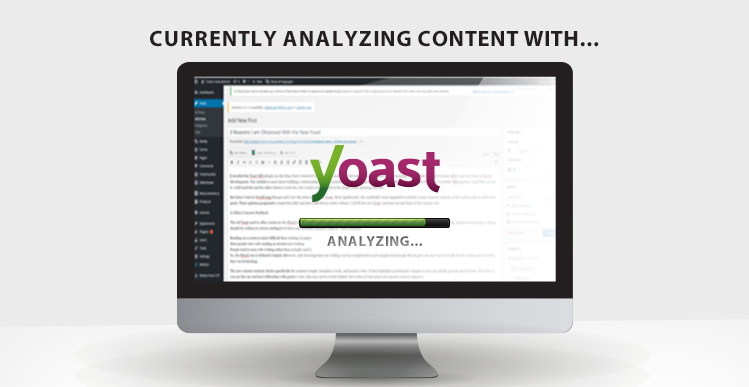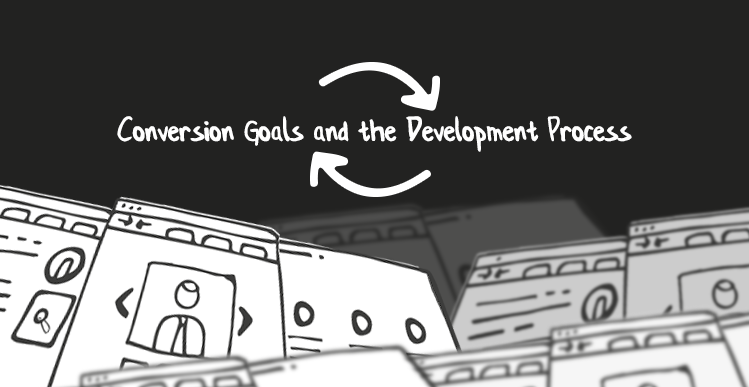
Leaving Work at Work: France’s Case Against Work-Life Integration
I tend to be a strong advocate for flexible work options that concentrate on work-life integration. Ever since I first read about the concept of work-life integration, it struck a chord in me. I wanted work-life integration, and I wanted all of our employees to enjoy it as well. However, I am starting to realize that some people do not want work-life integration. Some people crave the compartmentalization afforded by work-life balance instead. As an employer, it is important to respect that. As an employer of a small web development firm, it is also extremely difficult to respect that.
The other day I was reading an article about changes in France’s labor law that will discourage employers from contacting their employees (or expecting employees to respond to client contacts I assume) outside of working hours. Apparently this is not uncommon, as Germany passed a similar law in 2014. These laws basically force companies to offer work-life balance as opposed to work-life integration.
I felt a mix of emotions as I read the article. I felt excited about limiting the ever-stretching power of work over personal lives. I also felt a certain panic over the trend of not allowing work-life integration. I decided to take a moment to assess these reactions and here is what I came up with.
Balance vs. Integration: What are the differences?
Work-life integration is a term that has been taking over the business world for the past few years and it is meant to replace the term work-life balance. The idea is that work-life balance sets work and your personal life as two opposing forces in your life. They are completely separate. You must work to support your personal life and you recharge in your personal time (such as vacations) so that you can work more efficiently.
Work-life integration takes the approach that work and personal life overlap, often. It acknowledges that workers think about personal life at work and figure out work problems on their spare time. It mainly focuses on using technology to allow employees to work at any time from any place so that they can have extra time throughout the week or year to pursue personal interests and obligations. For example, not taking a vacation when having to care for a sick relative but instead transferring your work to your home office.
There is a lot of overlap between balance and integration. For example, both of the approaches recognize that employees need rest and relaxation away from work. They also both recognize social and familial obligations as an important aspect of an employee’s life. However, they differ in how they deliver freedom to the employees. Balance attempts to restrict the employment and make it more rigid, allowing the personal life to develop around it. Integration focuses on flexibility.
Lifestyle and Choosing Between Balance and Integration
The main reason I support and desire work-life integration is because I am a mother of a toddler. A toddler who goes to full-time, public daycare gets sick often and that means that I need the flexibility to change my office hours at a moment’s notice. Many single-parent families or families where both parents work benefit from the extra flexibility built in to work-life integration. Also, employees who have to care for relatives benefit.
The other main group of people I see who benefit from work-life integration tends to be travelers. People who want to be able to go to another country for two weeks but not take their entire year’s worth of vacation time.
However, parents of older children who can stay home by themselves when they are sick and get sick less often, may benefit from the predictability of work-life balance. Keeping work at work allows them to dedicate their full attention to their kids, loved-ones, or friends outside of work. It also allows for more thorough planning of vacations and weekend trips and helps those that have trouble leaving work at the office to cut themselves off completely and leave what they are working on behind.
How Power Tips the Balance
Besides your personal lifestyle, it is also important to consider how your role in your company affects your desire for integration or balance. For example, as an owner of our company, I feel completely comfortable shifting my work schedule to take advantage of work-life integration. On the other hand, an employee may feel uncomfortable asking to work from home or take an afternoon off that they plan to make up at another time.
Also, since I am completely controlling all of my projects, then I know that I will not be sent unexpected work at an inopportune time. If the request comes from a client, I can decline it without retribution from an employer. Someone who is not a project lead could experience considerable more stress due to work-life integration because they feel like they are always on-call and unable to get away from their work. The combination of not knowing when you will have work combined with the lack of power to say no (or perceived lack of power) can make an employee prefer the clear-cut structure of work-life balance.
Our company is still small. This allows us to be flexible with our employees’ needs. As it grows, I hope that we will be able to keep a clear head and offer the correct mix of integration and balance to fit the needs of the individuals who will work for us.
Related


